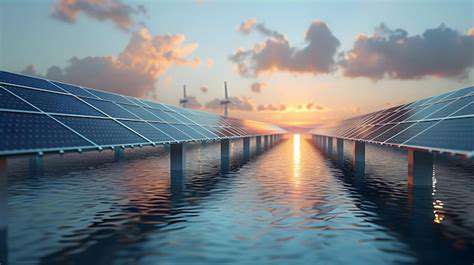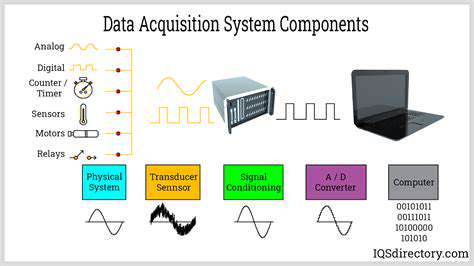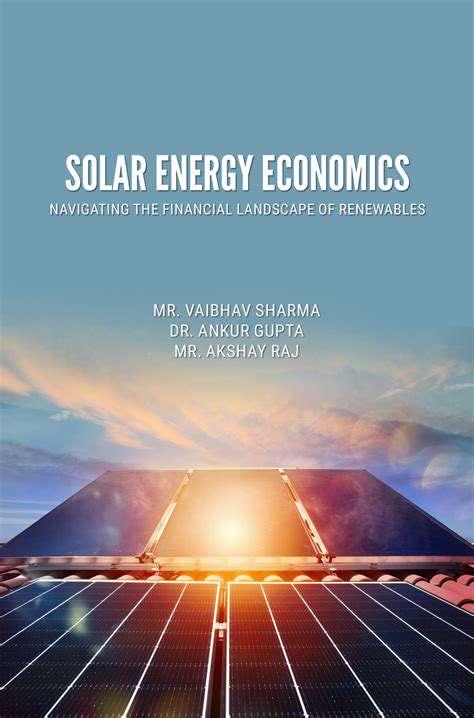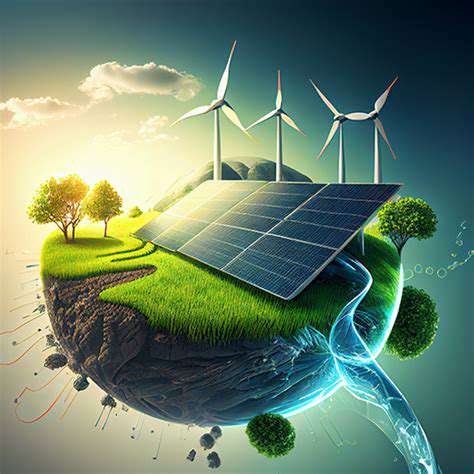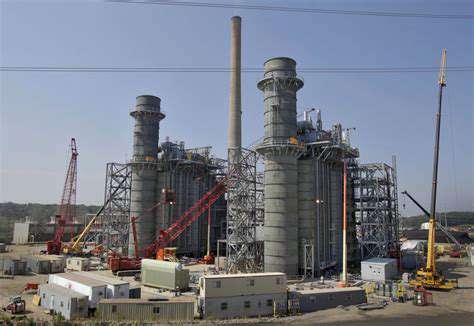Energy Storage for Disaster Relief and Emergency Power
Types of Energy Storage Technologies for Disaster Relief
Battery Energy Storage Systems (BESS)
Battery energy storage systems (BESS) are a widely used and mature technology for disaster relief. They offer a readily deployable solution for storing excess renewable energy, which can then be discharged during outages or peak demand periods. BESS are particularly valuable in providing backup power for critical infrastructure like hospitals, communication networks, and water treatment facilities during natural disasters. This provides essential services and support for affected communities. Their scalability and relatively short deployment time make them a significant asset in emergency response.
Different types of battery chemistries exist, each with its own advantages and disadvantages. Lithium-ion batteries, for example, offer high energy density, enabling compact storage solutions. However, factors like cost and potential environmental concerns associated with battery production must be considered.
Pumped Hydro Storage
Pumped hydro storage (PHS) is a large-scale energy storage technology that leverages the principle of gravity to store energy. During periods of low electricity demand, excess energy can be used to pump water uphill into an elevated reservoir. When demand increases or during a disaster, the water is released to generate electricity through hydropower turbines. This method offers high energy storage capacity, making it suitable for large-scale applications and providing long-duration backup power.
PHS projects typically require significant upfront investment in infrastructure, including reservoirs and pipelines. However, the long lifespan and low operating costs of this technology contribute to its long-term viability. The geographical limitations of suitable locations for PHS projects must also be considered.
Compressed Air Energy Storage (CAES)
Compressed air energy storage (CAES) systems store energy by compressing air and storing it in underground caverns or tanks. During times of high demand or a disaster, the compressed air is used to drive turbines and generate electricity. CAES offers high energy storage capacity and can provide long-duration power backup. This technology is particularly valuable in disaster relief situations where extended power outages are anticipated.
However, large-scale CAES installations require significant infrastructure investment and careful consideration of geological factors. The storage capacity is often limited by the size of the underground storage facility.
Thermal Energy Storage (TES)
Thermal energy storage (TES) systems store thermal energy, which can be used to provide heating or cooling during emergencies. This technology is especially relevant in disaster relief scenarios where maintaining temperature-sensitive goods or equipment is critical. TES systems can be deployed to support medical facilities, food banks, and other essential services.
Different TES technologies exist, including sensible heat storage, latent heat storage, and thermochemical storage. The selection of the appropriate technology depends on factors such as the required temperature range and the duration of the storage period. Energy efficiency and long-term maintenance must be considered to ensure sustainability during disaster relief.
Flywheel Energy Storage
Flywheel energy storage systems use rapidly spinning flywheels to store kinetic energy. During times of high demand or a disaster, this stored energy can be released to generate electricity. Flywheel systems offer rapid response times, making them suitable for applications requiring quick power delivery. They are also relatively compact, enabling deployment in various locations.
Superconducting Magnetic Energy Storage (SMES)
Superconducting magnetic energy storage (SMES) utilizes superconducting magnets to store energy in a magnetic field. This technology offers very fast response times and high efficiency, making it suitable for applications requiring rapid power delivery. However, SMES systems are typically more expensive and require specialized infrastructure compared to other energy storage solutions.
SMES is a promising technology for disaster relief situations needing immediate power augmentation. Its potential for grid stabilization and rapid deployment makes it a valuable asset for emergency response, though cost and technical complexity remain significant considerations.
Hybrid Energy Storage Systems
Hybrid energy storage systems combine multiple energy storage technologies to leverage the strengths of each. This approach allows for greater flexibility and efficiency in managing energy resources during a disaster. For example, a hybrid system might combine battery storage with pumped hydro to provide both immediate and long-term power backup. Such a combination can address various needs effectively.
Designing a hybrid system requires careful consideration of the specific needs of the disaster relief operation. The integration of different technologies can be complex and needs meticulous planning for optimal performance during emergencies.
